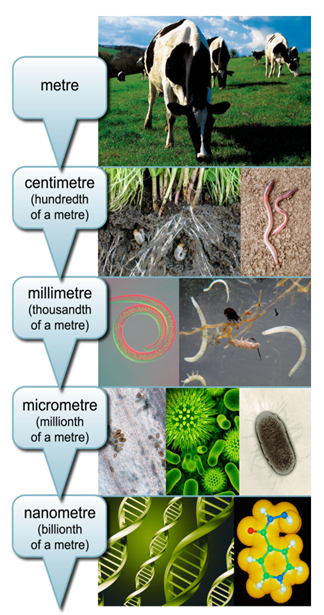Identifying soils with low nitrogen losses
In this section
-
Reducing nitrogen losses from farms
- Measuring and modelling paddock water inputs and losses on stony soils
- Annual net inputs and losses of carbon and nitrogen for irrigated and non-irrigated lucerne
- Carbon inputs to reduce nitrogen losses
- Sward species and cattle diet effects on nitrogen losses
- Contrasting microbial activities in topsoil and subsoil
- Identifying soils with low nitrogen losses
- Mauriora Systems Framework: A guide and process for decision-making
- Recommendations for farmers
Key findings
- Ecological metagenomics is a powerful approach to identify soils with low nitrogen leaching losses
- We applied the approach to a wide range of soils and showed that soil with low nitrate concentration were characterised by increased abundance of genes regulating specific metabolic pathways that resulted in higher ratios of carbon to nitrogen ratios
- The findings can be used to recommend soil types and management practices that will likely lead to low nitrogen losses
Ecological metagenomics from analyses of DNA and RNA from plants and soil is a powerful approach to revealing the biological processes regulating carbon and nitrogen cycling. Steve Wakelin, at Scion with collaborators at Manaaki Whenua – Landcare Research, used ecological metagenomics together with the measurement of soil biogeochemical properties to provide new insights and tools to characterise the functional complexity of soil microbial processes and identify farm management practices to favour specific outcomes.
We used edaphic and molecular (functional gene and associated abundance of organisms regulating carbon and nitrogen cycling) data to identify microbial properties of soils under grazed grassland where nitrogen concentrations are lower than expected. These properties could lead to identifying soils with lower nitrogen losses. Low nitrate-nitrogen soils were characterised by increased abundance of genes regulating specific metabolic pathways and taxa of organisms that resulted in higher ratios of carbon to nitrogen ratios.
This has provided a framework to identify specific soil types and management practices that we can recommend to agricultural practitioners to reduce nitrogen losses.
For more details go to
Wakelin SA. 2018. Managing soil microbiology: realising opportunities for the productive land-based sectors. New Zealand Journal of Agricultural Research, 61:358-376. https://doi.org/10.1080/00288233.2018.1428203
Wakelin S, Maclean P, Cave V, Zhou J, Grelet G, Whitehead D. 2019. Characterising the soil ecosystem phenotype associated with relatively low nitrate-N concentrations. Applied Soil Ecology 142:189-198. https://doi.org/10.1016/j.apsoil.2019.04.012

